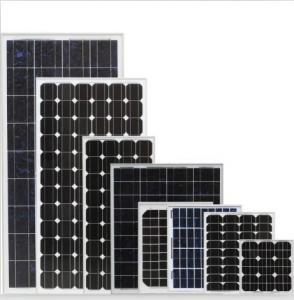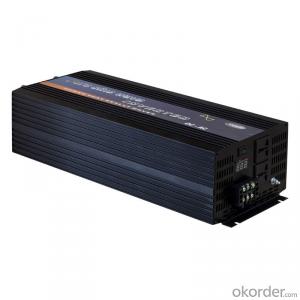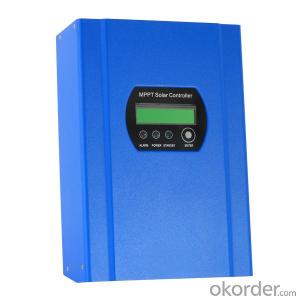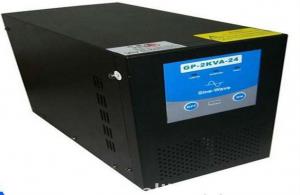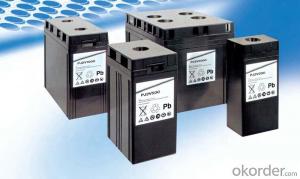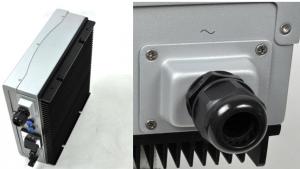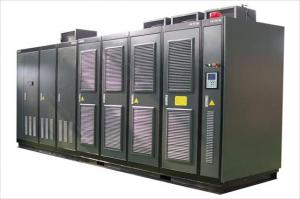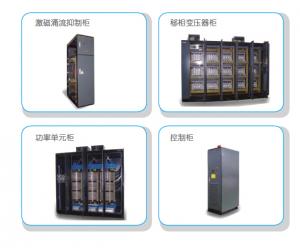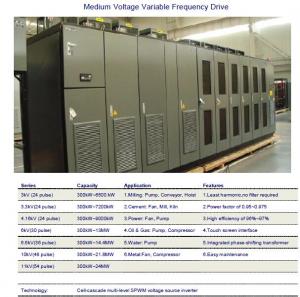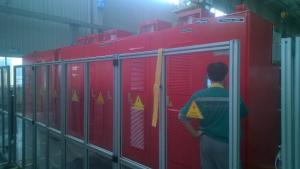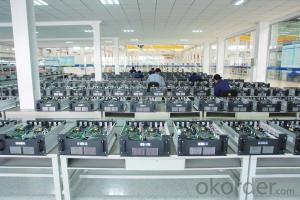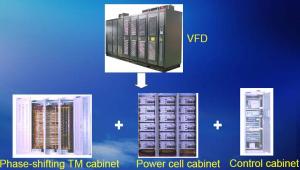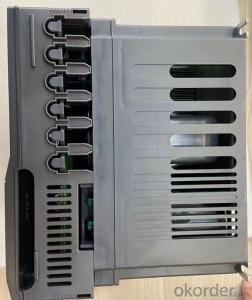Solar Inverter 2000w
Solar Inverter 2000w Related Searches
2000w Solar Inverter Solar Power Inverter 2000w Solar 2000w Power Inverter Solar Inverter 2000 Watt Solar 2000 Watt Inverter 2000 Watt Solar Inverter 2000 Watt Solar Power Inverter Solar 2000 Watt Power Inverter 2000va Solar Inverter 2000w Solar Inverter Price 200w Solar Inverter 200 Kw Solar Inverter 200kw Solar Inverter 200 Watt Solar Inverter Solar Inverter 3000w 2kw Inverter Solar 200 Amp Solar Inverter Solar 2kw Inverter 12000 Watt Solar Inverter 2kw Solar Inverter 3000w Inverter Solar Solar Inverter 4000w 3000w Solar Inverter 2 Kilowatt Solar Inverter 2500 Watt Solar Inverter 20kw Solar Inverter 1000w Solar Inverter 20 Kw Solar Inverter Solar Power Inverter 3000w 3000w Solar Power InverterSolar Inverter 2000w Supplier & Manufacturer from China
The Solar Inverter 2000w is a high-quality product designed for converting solar energy into usable electrical power. This efficient device is essential for various applications, such as residential solar power systems, commercial installations, and off-grid applications. The 2000w solar inverter is specifically engineered to handle the demands of these diverse scenarios, ensuring reliable and consistent power supply. Okorder.com is a leading wholesale supplier of Solar Inverter 2000w, offering a vast inventory to cater to the needs of various customers. By partnering with Okorder.com, businesses and individuals can access top-quality solar inverters at competitive prices, ensuring the successful implementation of their solar power projects.Hot Products


